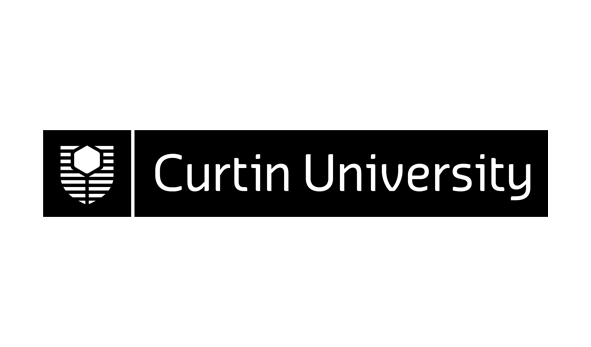11500 (v.3) Electrical Machines 302
| Area: | Department of Electrical and Computer Engineering |
|---|---|
| Credits: | 25.0 |
| Contact Hours: | 5.0 |
| ** The tuition pattern below provides details of the types of classes and their duration. This is to be used as a guide only. For more precise information please check your unit outline. ** | |
| Lecture: | 1 x 2 Hours Weekly |
| Tutorial: | 1 x 1 Hours Weekly |
| Laboratory: | 1 x 2 Hours Weekly |
| Syllabus: | Synchronous machines: steady state; synchronous machine equivalent circuit, open and short-circuit characteristics, steady-state power-angle and operational characteristics, effects of salient poles. Synchronous machines :transient; DQ transformation, synchronous machine relations in dqO variables, transient power-angle characteristics, transient modelling and dynamics of synchronous machines. Dynamics and control of induction machine: induction machine dynamics, dynamic modelling of induction machine, speed control of induction machine. Power system dynamics: basic concepts and classification of power system stability, the swing equation, the power-angle equation, equal-area criterion of stability. |
| ** To ensure that the most up-to-date information about unit references, texts and outcomes appears, they will be provided in your unit outline prior to commencement. ** | |
| Field of Education: | 031301 Electrical Engineering |
| SOLT (Online) Definitions*: | Not Online *Extent to which this unit or thesis utilises online information |
| Result Type: | Grade/Mark |
Availability
| Year | Location | Period | Internal | Partially Online Internal | Area External | Central External | Fully Online |
|---|---|---|---|---|---|---|---|
| 2009 | Bentley Campus | Semester 2 | Y | ||||
| 2009 | Miri Sarawak Campus | Semester 2 | Y |
Area External refers to external course/units run by the School or Department or offered by research.
Central External refers to external and online course/units run through the Curtin Bentley-based Distance Education Area
Partially Online Internal refers to some (a portion of) learning provided by interacting with or downloading pre-packaged material from the Internet but with regular and ongoing participation with a face-to-face component retained. Excludes partially online internal course/units run through the Curtin Bentley-based Distance Education Area which remain Central External
Fully Online refers to the main (larger portion of) mode of learning provided via Internet interaction (including the downloading of pre-packaged material on the Internet). Excludes online course/units run through the Curtin Bentley-based Distance Education Area which remain Central External

